Retail Store Layout and Floor Plan Ideas
Find the best retail shop floor plan! Explore grid and loop layouts for high traffic and discover pros and cons to boost sales effectively.
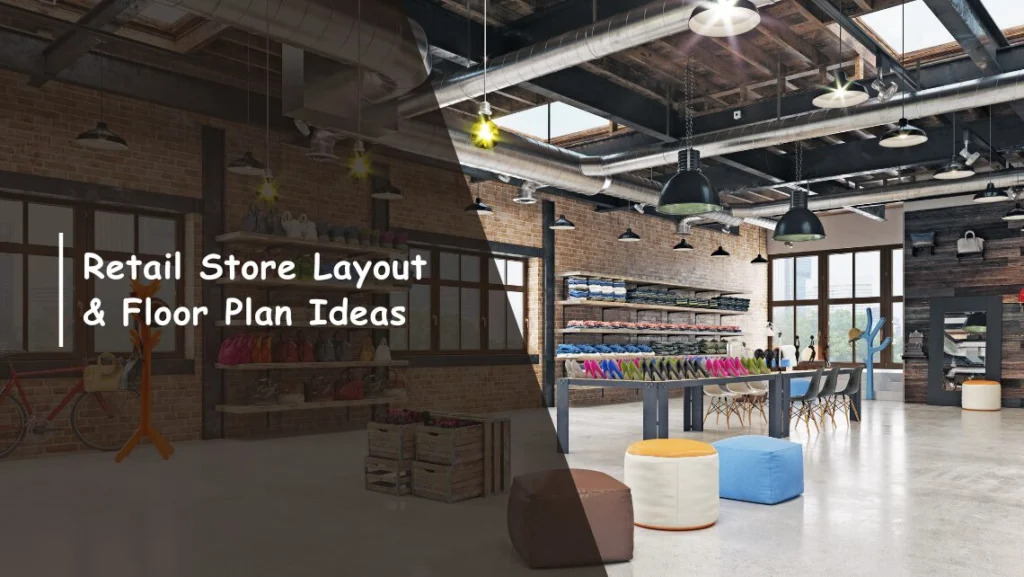
Find the best retail shop floor plan! Explore grid and loop layouts for high traffic and discover pros and cons to boost sales effectively.

A well-planned store layout is more than just smart furniture placement. According to a recent study in Delhi-NCR, 25% of sales in retail outlets depend on product design and display.
The way you plan your retail shop floor plan affects how customers move, what they notice, and how much they buy. A well-designed layout improves navigation, showcases products better, and supports impulse and planned purchases alike.
In this blog, you’ll find practical floor plan ideas for different retail formats, from small grocery stores to large apparel outlets. You’ll also learn how to pair layouts with the right display racks to maximise visibility, flow, and sales.
A retail store layout is the floor plan that guides how products, shelves, and customer pathways are arranged inside your store.
It influences how shoppers move, what they see first, and how they interact with your merchandise. The layout includes entry points, display zones, checkout counters, and aisle flow.
There’s no single best format. The right layout depends on your space, product mix, and the type of shopping experience you want to offer.
Your store layout isn’t just about fitting products into a space. It plays a vital role in how customers explore, engage with, and make purchasing decisions within your store.
A well-designed retail shop floor plan guides customers from entry to checkout, ensuring they see the right products at the right time. It also influences foot traffic patterns, shelf visibility, and the effectiveness of in-store promotions.
Stores with well-planned layouts typically report better customer satisfaction and higher basket sizes. When your layout supports how people naturally shop, it helps reduce confusion, improve navigation, and boost conversion rates.
Your floor plan is a significant part of your sales strategy.
Your retail shop floor plan impacts customer movement, product visibility, and purchase decisions. The right layout depends on your space, merchandise type, and shopper behaviour.
Each of the layouts below supports a specific retail strategy, some drive traffic flow, others highlight premium items, or help maximise stock visibility.
Used in supermarkets and pharmacies, the grid layout features long aisles with uniform shelving. It supports fast shopping and encourages impulse purchases.
Tip: Place staples like rice or toiletries at the back to increase exposure to front-rack promotions.
This layout guides customers through a set path, exposing them to your full range of merchandise in one circuit. It works for experience-led retail.
Tip: Use seasonal displays or promotional signage at curve points to maintain attention.
There’s no fixed pathway here; customers can explore organically. This layout is ideal for stores where aesthetics and customer experience drive foot traffic.
Tip: Use display racks and lighting to guide movement and prevent confusion.
This is a modified grid layout where shelves branch off a central aisle at angles. It helps maximise display capacity in limited-width stores.
Tip: Add security mirrors or end displays to cover blind spots and promote offers.
Shelves are placed at angles, improving sightlines and exposing more merchandise to customers as they walk through. Works well in mid-sized tech or lifestyle stores.
Tip: Position the checkout near the centre for improved supervision across aisles.
This layout uses curved or angled fixtures to create zones that feel open and upscale. It’s common in luxury segments, such as jewelry, cosmetics, or designer boutiques.
Tip: Use elegant product stands and soft lighting to elevate perceived quality.
A central aisle runs from front to back with product zones branching off. It ensures all sections are accessible, but may lead to quick exits.
Tip: Place impulse products near the entrance and feature deals further down the aisle.
This layout divides space into mini zones or alcoves, with each segment showcasing a specific brand or category.
Tip: Use open shelving and racks instead of walls to maintain visibility between alcoves.
This modern design utilises shapes and angles to reflect the brand's identity. Fashion-forward or design-conscious brands typically use it.
Tip: Combine shapes, textures, and colours to reflect your brand personality.
Combining elements of different layouts allows you to customise your store for different products, customer types, or seasons.
Tip: Use consistent floor materials or lighting to guide transitions between layouts subtly.
Each retail shop floor plan serves a unique purpose; what matters is aligning it with your store’s goals, customer behaviour, and product types. Choosing the right layout is the first step to building a store that attracts, guides, and converts.
Suggested Read: Understanding Store Design Principles and Ideas
Before locking in a layout, take time to assess your store’s unique needs. The right retail shop floor plan depends on more than just available space. It must align with your products and how your customers shop.
Here are key factors to guide your planning:
These elements form the foundation of a layout that works for both customers and staff. Once you understand what influences layout success, it becomes easier to apply these insights to specific store types.
Every retail format has its own flow, challenges, and customer expectations. Choosing the right retail shop floor plan helps you present your products more effectively and create a seamless shopping experience.
Here are practical floor plan ideas matched to common store types in India:
Use a grid layout with wide aisles and gondola shelving. Place daily-use items like grains, dairy, and vegetables toward the back to encourage full-store navigation. Add end cap displays for promotions.
Opt for a loop layout to guide customers through new arrivals, seasonal collections, and accessories. Utilise mannequins and modular clothing racks to create zones organised by gender, category, or style.
Choose a compact grid layout with clearly defined OTC and prescription sections. Keep personal care and impulse products within easy reach of the counter for quick access and increased sales.
Use a diagonal layout for better product visibility. Place demo stations in the centre and accessory racks along the sides. Maintain clear sightlines to staff for support and security.
A free-flow layout works best here. Use open zones for large gear and multi-tiered racks for shoes or accessories. Highlight premium brands at focal points along the flow path.
Choose an angular layout with themed displays. Group items into zones like cookware, appliances, or storage. Utilise elegant, modular racks to achieve a clean and curated aesthetic.
When selecting layouts, also match them with the right display racks for your product type and floor space. The right combination boosts both store appearance and sales.
Suggested Read: How to Choose the Right Display Rack for Your Retail Store: A Complete Guide
Planning a retail shop floor plan isn’t just about furniture placement. It’s about understanding how customers move and how your products influence that journey.
Use these expert tips to build a store layout that works for your business:
These planning strategies are applicable across all store formats. Whether you run a pharmacy or a clothing store, small changes in layout can lead to big improvements in customer experience and revenue.
At Expanda Stand, we understand that the right layout needs the right infrastructure. Our products are designed to support retail shop floor plans across store types and sizes.
Here’s how we help bring your layout vision to life:
With precision-built display racks and layout-ready designs, Expanda Stand helps you turn every square foot into a profit-making zone. Explore our retail-ready solutions today.
Suggested Read: 10 Tips to maximize your sales with retail display racks
Your store layout has a direct impact on how shoppers interact with your products and how much they buy. A well-planned retail shop floor plan supports customer flow, improves product visibility, and fosters a more enjoyable shopping experience.
When paired with the right display racks, your layout becomes a powerful retail tool.
Expanda Stand offers tailored display and storage solutions to suit every floor plan, from compact medical shops to sprawling fashion outlets. With customisable options, durable construction, and design-focused detailing, we help you turn store space into selling space.
Looking to upgrade your store layout with the right fixtures? Contact Expanda Stand now to explore display racks and storage units built to match your floor plan and grow your business.
A. Begin by assessing your space, identifying key zones such as the entry, checkout, and display areas. Choose a layout that suits your products, such as a grid for volume or a loop for exploration, and match it with appropriate display racks.
A. There’s no one-size-fits-all. Grid layouts are suitable for supermarkets and pharmacies, while loop or free-flow layouts work well for fashion or lifestyle stores. The best layout supports both flow and visibility.
A. The four commonly used layouts are:
Each has different benefits depending on store type and space.
A. Use modular display racks for flexibility, ensure clear aisle spacing, place essentials at the back to encourage full-store navigation, and regularly review customer flow patterns.
A. Use basic tools like pen and paper, SmartDraw, or Excel to sketch zones. Mark customer paths, display zones, and key fixtures. Keep shelves accessible and arrange racks to support natural movement.
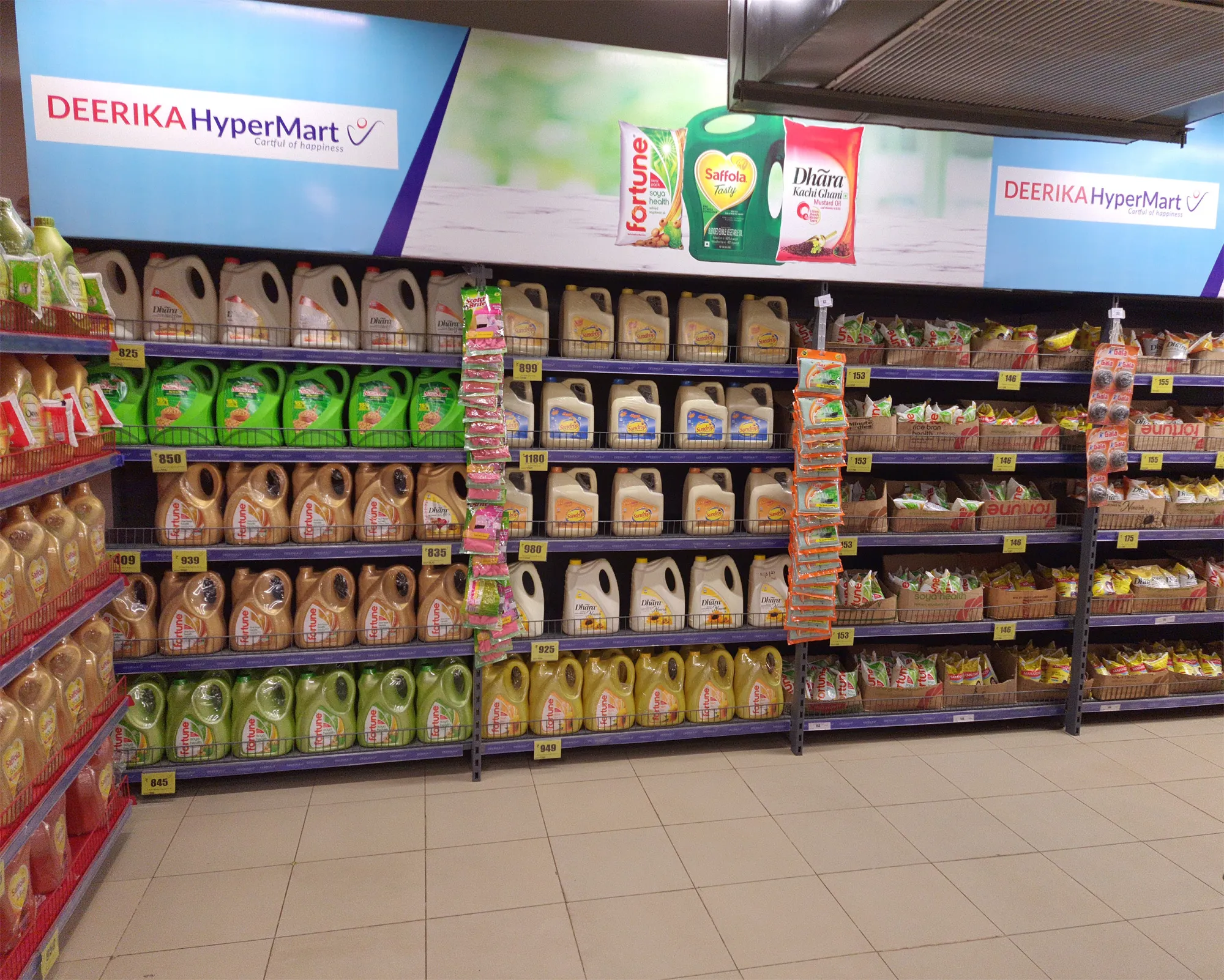
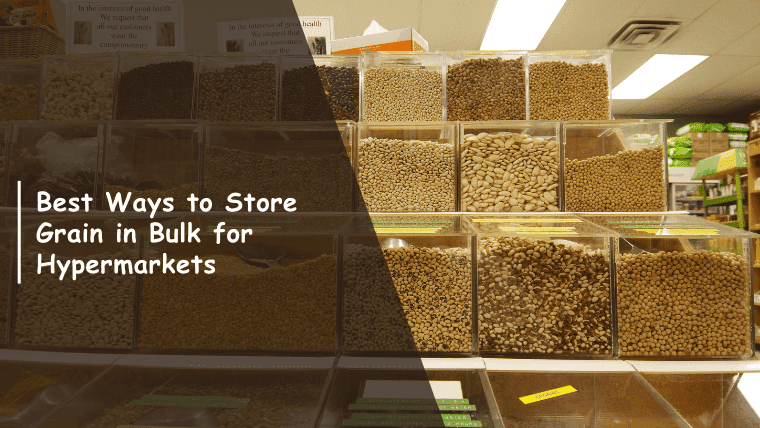
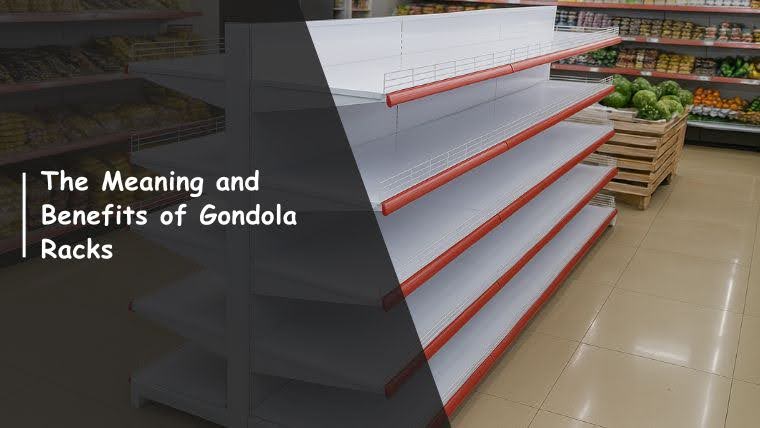
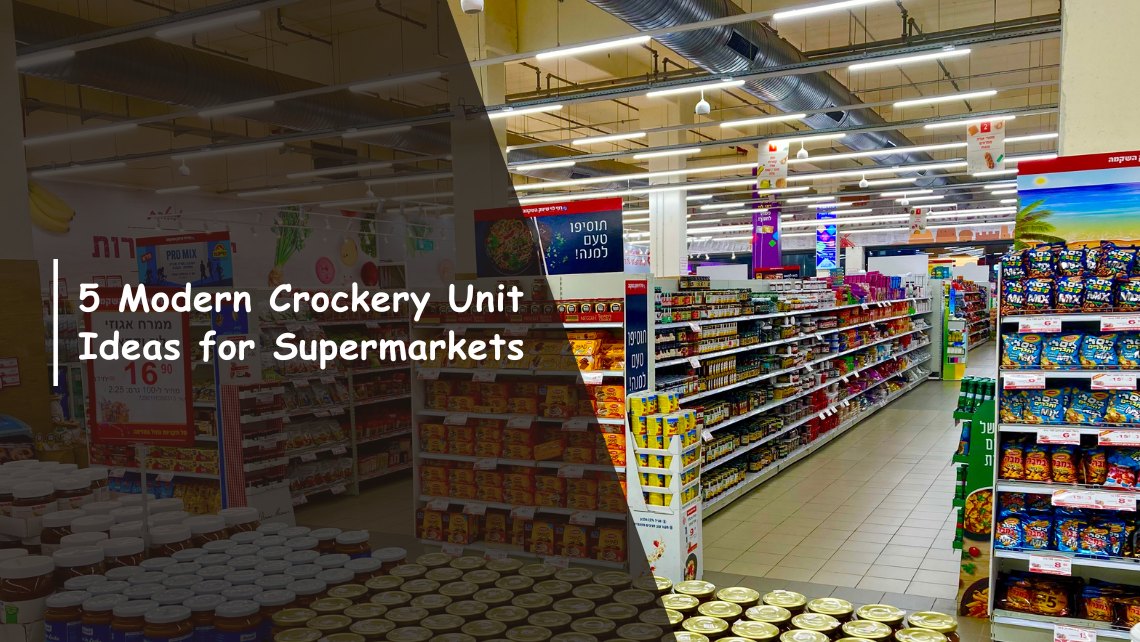
Ready to Upgrade Your Process Operations?